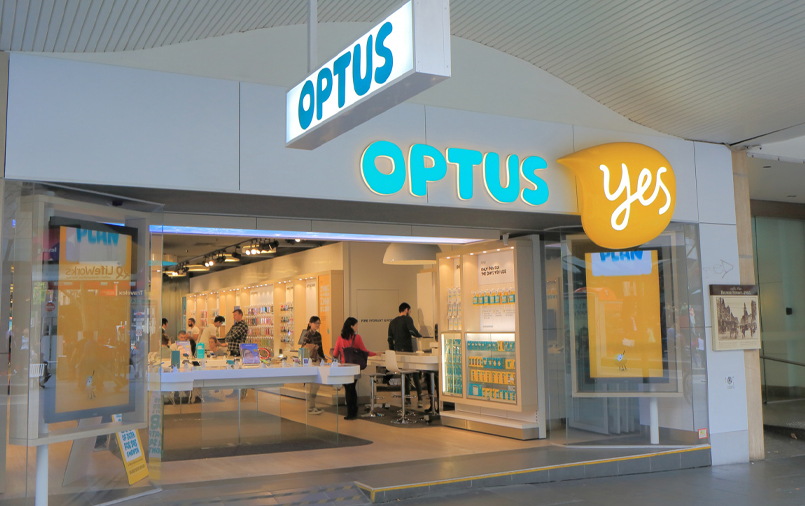- The Optus Living Network product chief says that his team is working on numerous ideas that can potentially push into production.
- Call Translate is the newest Living Network service, but it has been limited to a couple of thousand users during the trial period.
- Optus is looking into deep API integration with Google Translate and into their network.

The Optus Living Network banner already markets six offerings but the product chief of the company says that his team still has numerous ideas that they can potentially push into production. Thanks to the technical work Optus has already done, they will be able to get new products in the market quicker.
According to VP of TV, content, and product development Clive Dickens, “We have dozens and dozens of fantastic ideas coming out of our amazing teams around the Optus Living Network. This is a really important, strategic product pillar to differentiate Optus from all of our competitors in a very, very hard to differentiate category.”
Nevertheless, he added: “The technology to actually build them, across a hard metal organisation with countless networks and millions of customers across a continent, is really, really hard. Which is why no-one’s ever done Optus Pause in the world before...and why no-one’s ever done Call Translate in the world before. Because this stuff is hard.”
“This is about being a software company, about being a technology company not just by being a world-leading telco,” he further added. “We’re positioning here to become a tech-co, not just a telco. And that actually is not something that telcos have done.”
After the telco launched a public trial of the service in late June, Dickens said there had been “phenomenal uptake” of Call Translate. Call Translate is the newest Living Network service, but it has been limited to a couple of thousand users during the trial period. This is “principally because what this is doing is technically quite complex,” Dickens said.
“We’re utilising deep API integration with Google Translate and into our network, into our product core,” he further added. “So whether somebody decides to have an hour-long translation call from Mandarin to Hindi, or whether someone chooses to have a two-minute conversation call from English to Italian, it’s hard to understand until we put it out there how much capacity that that is going to put on our Call Translate infrastructure.”
However, users also need to learn how to use the service, Dickens said. “The caller has to listen to the translation, and then the caller has to speak, then that has to be translated. So it’s a relatively new natural behaviour that people have to learn about how to communicate in this sort of asynchronous way. We’ve had use cases that have been in the hours; we’ve had use cases in the minutes,” Dickens said.


